|
A meteorite is a natural object originating in space, which survives an impact with the Earth's surface without being destroyed. While in space, such an object is called a meteoroid. When it enters the atmosphere, air resistance causes the object to heat up and emit light. The visual light phenomenon is known as a meteor, or shooting star.
Meteorites that are recovered after being observed to fall are called, simply enough, falls. All other meteorites are known as finds. As of 2007, there are approximately 1100 witnessed falls, however, some 31,000 well-documented meteorite finds are recorded.
Meteorites have traditionally been divided into three broad categories: (1) stony meteorites, mainly composed of silicate minerals; (2) iron meteorites, generally composed of differing alloys of metallic iron-nickel; and stony-iron meteorites, which contain significant elements of both. Further scientific classifications are made which divide meteorites into groups according to their structure, chemical and isotopic composition and mineralogy.
I’ve been collecting slices and whole stones of these unique space visitors since 1986. Here are a few representative examples from my collection:
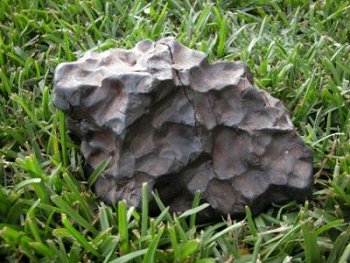 | 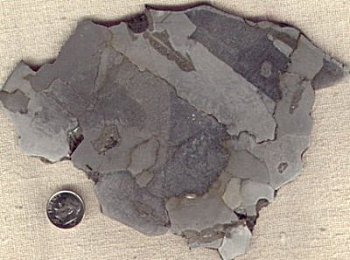 |
| A beautifully thumb-printed Sikhote Alin meteorite, about the size of a softball |
When sliced, Sikhote Alin specimens reveal the typical nickel-iron matrix of a classic iron meteorite |
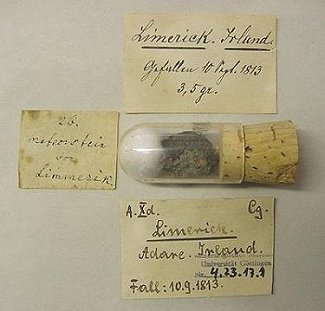 | 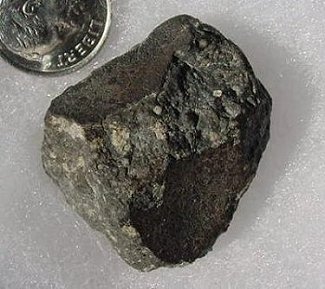 |
| A sample of the Limerick meteorite, with original 19th Century Museum labels describing this September 9, 1813 fall |
Allende, Mexico. This is literally the oldest material known to exist. It is coalesced, 7-billion-year-old Big Bang star-stuff! |
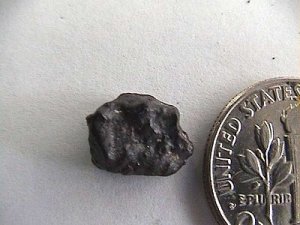 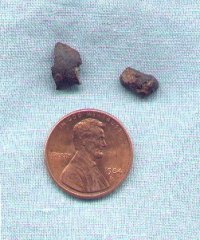

Hunting the strewnfield near Hollbrook, Arizona still yields the occasional small fragment, from the rain of stones that fell July 19, 1912. Here I am in the strewnfield in 2002 with a magnetic meteorite “cane” (a converted golf club)….the little guy on the right is fellow meteorite hunter “Bagpipe Boy”, aka Rob Elliott
 |  |
| Thiel Mountains from Antarctica. A typical pallasite, with olivine crystals interspersed in a nickel-iron metal matrix |
Norton County, the “white meteorite” |

Just under a gram of moonrock! This is a slice of a stone called NEA 001. It was lunar ejecta, material which was blasted off the Moon’s surface perhaps millions of years ago. It drifted in the solar system for perhaps millions more, eventually falling prey to the gravitational pull of the Earth.
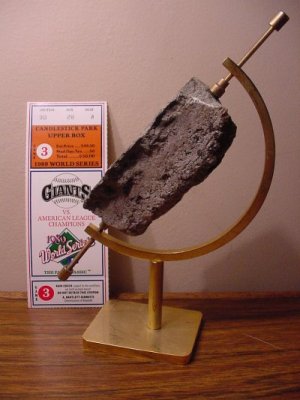
The “Candlestick Park” fall. This concrete “rock from above” almost hit me in the head, during the earthquake at the 1989 World Series
I have written two articles which were published by Meteorite Magazine. Click to read the text of "Wold Cottage, Past and Present", and "Dr. Alan Rubin speaks out about Meteorite Collecting"
USE THE BUTTONS BELOW FOR SOME OF MY METEORITE TRAVEL STORIES:
|
If you’re interested in obtaining a meteorite, I’ve been buying, selling and trading for twenty years, and was an original member of the IMCA.
Send me an email and tell me what you’re looking for! |
 |
|